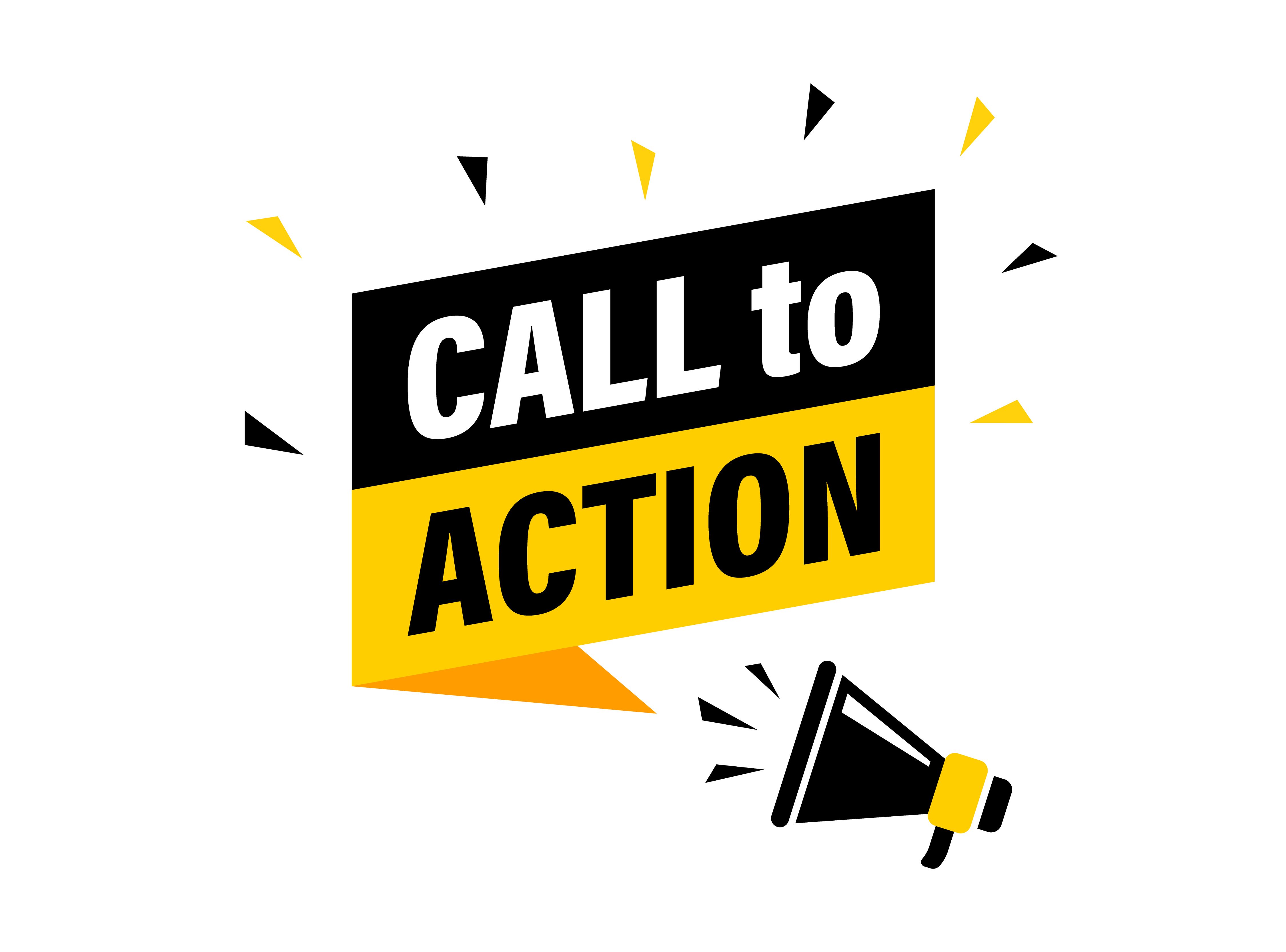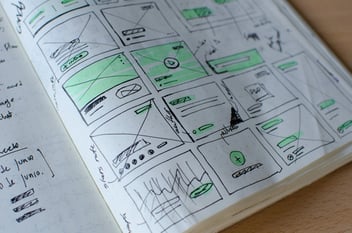User-focused design solves the problems of site visitors before they even know they have a problem.
When you put the primary focus on users, you provide an experience better suited to the needs of your audience, which makes them more likely to choose you over your competition. That’s why around 84 percent of companies state they plan to increase their focus on user/customer experience.
Improving the call-to-action (CTA) buttons on your site so they are inviting for users is a surefire way to improve your experience design. Since CTA’s are linked directly to a conversion action, i.e., signing up or making a purchase, optimizing them can also deliver measurable business value. Who doesn’t want that from their design work?
One of the best ways to write better CTAs is to study what's been successful elsewhere. Here are seven ways of creating a user-focused CTA and some examples of companies doing CTAs right:
1. Limit Items on the Page
Have you ever visited a website and found there were so many competing elements on the page that you didn't know what to look at first?
This phenomenon is known as Hick’s Law, which states that the more options users have, the longer they take to make a decision. Not an ideal user experience.
Narrowing your design’s focus to a single location throws the visitor's attention to your call to action and helps avoid confusion. The user doesn't have to wonder what action they should take, because the primary action is the most obvious.
.jpg?width=750&name=firefox%20(1).jpg)
Firefox creates a single focus for their landing page, which is to download their browser. When you land on the page, other than the navigation, the only elements above the fold are the two CTA buttons, which read "Download Now" and "Download Firefox."
2. Use First-Person Language
First-person language personalizes your CTA and encourages the user to click on it. For example, when inviting site visitors to subscribe to a newsletter, you might write "Sign Up for Our Newsletter."
However, there’s evidence to suggest tweaking the language a bit might improve conversions, such as writing "Get My Free Newsletter." First-person language is conversational and helps create a more personalized approach
3. Offer Something of Real Value
Your CTA should offer something of value that the user can't get anywhere else — a unique value proposition (UVP). Think about what types of things solve a problem for your typical user and how you can provide that through your offer. You've likely seen this method yourself when you landed on a site and were offered a free report, e-book, or webinar.
.jpg?width=750&name=richards%20tree%20service%20(1).jpg)
Richard's Tree Service offers a strong CTA button above the fold on their homepage. They offer something of value to their potential customers: a free estimate from their ISA-certified arborists.
If you need help with tree health or removal, you first want to know how much bringing in a tree service might cost, so they answer that concern upfront by giving away their time for free and answering your question about costs.
4. Know Your Audience
You've likely heard the advice before to know your target audience and create a buyer persona that represents your typical customer. Dig into your own customer database and study statistics on who is visiting your site. You can also look at your competitors, and who their customers are, to get a feel for market segments you should reach out to.
Once you know your audience, it's easier to know how you should word your CTA, what type of offers appeal most to that demographic, and where to market your offers.
5. Test Different Colors
There are numerous articles online about the best color to use for your CTA. There’s even an entire psychological category for the emotions different colors trigger in people. For example, if you know most of your audience is made up of young women, you might use a color that appeals to both women and the youth more than older men.
The truth is that it's impossible to predict exactly how a color might impact your users. You must test different color choices and even different shades of the same color until you find the perfect choice for your audience. A/B split testing is one of the best methods for figuring out which colors resonate best with your audience.
.jpg?width=750&name=waste%20management%20(1).jpg)
Waste Management uses shades of green throughout its site. Because they offer some recycling options and use sustainable practices, the use of green highlights what is unique about their brand. For their CTA, they use a darker green so that the white letters overlaid on top pop and the button draw the user's eye.
6. Make Sure the Button Is Functional
Seamlessness sits at the center of every well-crafted user experience. So go through each CTA button on your website and make sure everything works properly.
When the user clicks on a button, they expect something to happen. Either provide a confirmation or take them to a new page, for example. Make sure you let the user know in some way that their action was recorded and you're moving them forward through the conversion process.
If they fill in a form before clicking on the button, test the process out and make sure the information arrives on your end is secure, and keeps personal information safe.
7. Check for Mobile Responsiveness
A user-centered approach is one of the key determining factors in how likely mobile users are to stay on your page. Those who surf your site on mobile platforms are more likely to bounce away from your site if it isn't optimized for mobile.
Your CTA must respond to the changing screen size of different visitors. A significant portion of your traffic will probably come from smartphones, so test your site on different platforms and see how it responds on iOS and Android.
Forms can be particularly challenging for mobile users to fill out, so see how well yours responds and make any adaptations needed for ease of use.
Improve Your Conversion Rate
A strong, user-centered approach drives the buyer through the steps you'd like them to take and results in a better conversion rate. Your CTA is one of the most important features in your user’s journey.
It shows people what steps to take next and grabs attention at the right moment. Even the minutest details of your CTA can increase your conversions and improve your bottom line.







